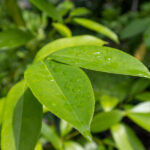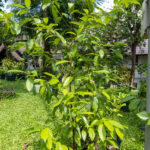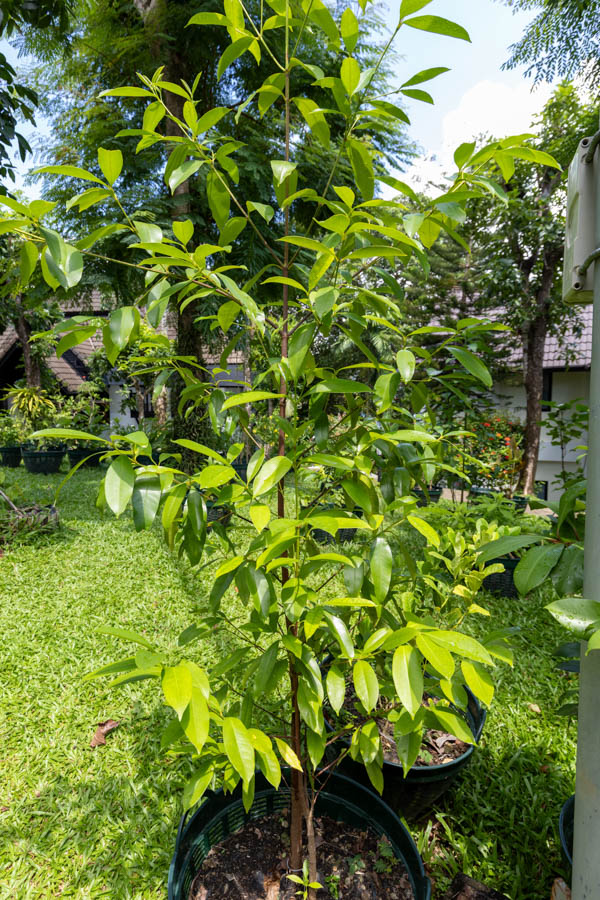อบเชย (Ob Choey) / Cinnamomum verum – True Cinnamon
Family: Lauraceae
Cinnamomum verum, commonly known as True Cinnamon or Ceylon Cinnamon, is an evergreen tree native to Sri Lanka and southern India but cultivated widely in Thailand. Its aromatic bark and leaves are used in traditional Thai medicine to stimulate digestion, improve blood flow, and warm the body.
Botanical Characteristics
Cinnamon trees grow 6–10 meters tall with smooth brown bark and glossy, lance-shaped leaves that emit a sweet fragrance when crushed. The leaves are arranged alternately, and the tree produces small yellowish-white flowers followed by dark purple berries. Young bark is harvested, dried, and rolled into the familiar cinnamon sticks.
Use in Thai Traditional Medicine
In Thai herbal tradition, อบเชย is classified as a warming herb (ยาร้อน), promoting circulation and aiding digestion. It is commonly included in formulas to treat colds, poor appetite, and fatigue. Cinnamon bark is also used to alleviate stomach discomfort, reduce phlegm, and enhance energy flow throughout the body.
Active Compounds and Effects
The main active components of cinnamon include cinnamaldehyde, eugenol, and cinnamic acid. These compounds exhibit antimicrobial, antioxidant, and anti-inflammatory effects. Regular use in small amounts supports healthy metabolism and improves insulin sensitivity.
Culinary and Aromatic Uses
Cinnamon is an essential spice in Thai desserts, curries, and herbal teas. Its sweet, woody aroma brings warmth and depth to both food and medicine. The bark and leaves are often used in Thai herbal compresses for muscle relaxation and improved blood flow.
Cultivation Notes
Cinnamomum verum thrives in tropical climates with partial shade and well-drained soil. It can be propagated from cuttings or seeds. In the KBE Thai Medicinal Herb Garden, the plant is cultivated for educational display, showcasing its role as both a culinary spice and a healing tree.
Historical Context
Used for over 4,000 years, cinnamon was once valued as highly as gold. In Thailand, it remains a staple in both cuisine and herbal medicine, symbolizing warmth, balance, and purification.
Disclaimer: This information is provided for educational and historical purposes only. It is not intended as medical advice. Always consult a qualified healthcare professional before using any herbal preparation.




